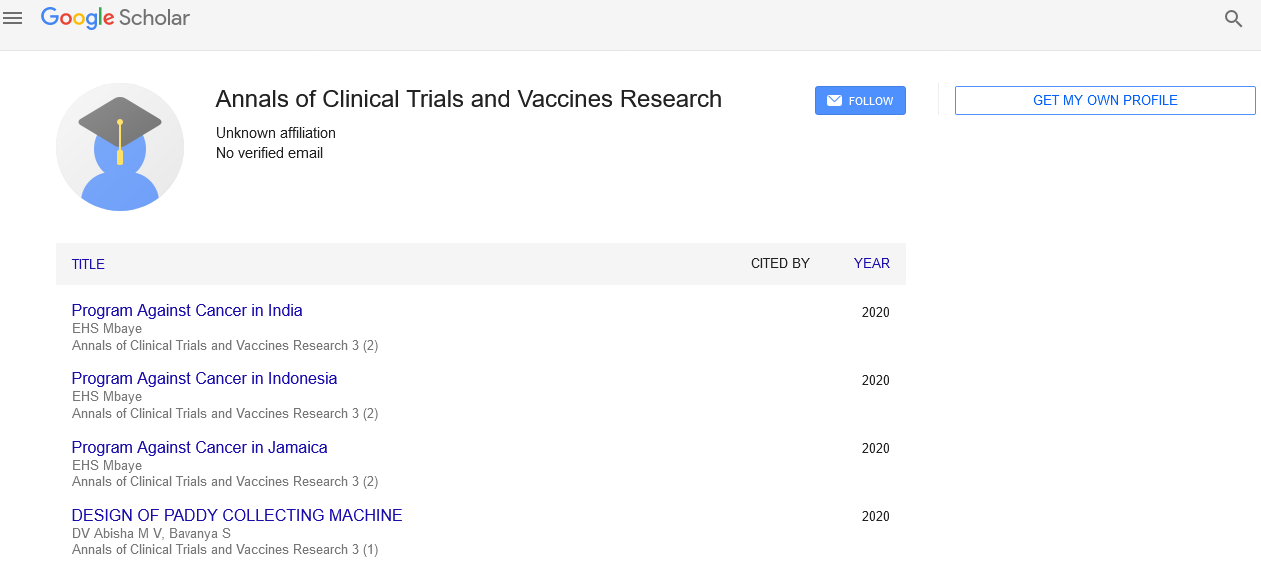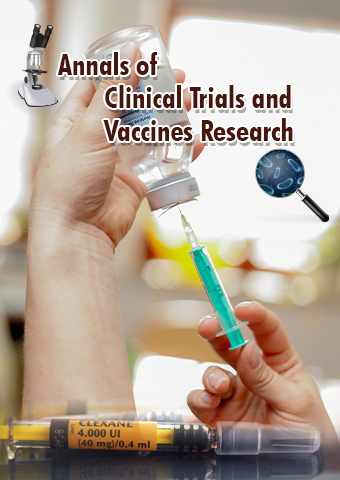Perspective - Annals of Clinical Trials and Vaccines Research (2024) Volume 14, Issue 5
Gene Therapy Selection: Factors, Approaches, and Challenges
- Corresponding Author:
- Linco Balency
Department of Genetics,
University of Burong Lepas,
Burong Lepas,
Brunei Darussalam
E-mail: lincobal@gmail.com
Received: 27-Sep-2024, Manuscript No. ACTVR-24-148953; Editor assigned: 02-Oct-2024, Pre QC No. ACTVR-24-148953 (PQ); Reviewed: 16-Oct-2024, QC No. ACTVR-24-148953; Revised: 21-Oct-2024, Manuscript No. ACTVR-24-148953 (R); Published: 28-Oct-2024, DOI: 10.37532/ ACTVR.2024.14(5).275- 277ACTVR.2024.14(4).279-280
Introduction
Gene therapy represents a transformative approach in modern medicine, aimed at treating, preventing, or potentially curing diseases by modifying or manipulating a patient’s genes. The promise of gene therapy lies in its potential to address the root causes of various genetic disorders, cancers, and even viral infections. However, selecting the appropriate gene therapy strategy is a complex process that involves several factors. This article delves into the criteria, approaches, and challenges associated with gene therapy selection, providing a comprehensive overview of the considerations necessary for success.
Description
Understanding gene therapy
Gene therapy involves the introduction, removal, or alteration of genetic material within a patient’s cells to treat or prevent diseases. It can either replace defective genes with healthy ones, inactivate malfunctioning genes, or introduce new genes to help combat diseases. To achieve this, several types of gene therapies exist, including.
Gene augmentation therapy: Introducing a normal copy of a gene to compensate for a defective one.
Gene inhibition therapy: Blocking the expression of harmful genes.
Suicide gene therapy: Introducing genes that cause cancer cells to destroy themselves.
Gene editing therapy: Using tools like CRISPR-Cas9 to precisely edit DNA sequences.
Each approach serves different medical objectives, depending on the underlying genetic condition.
Key considerations in gene therapy selection
Selecting the right gene therapy strategy involves considering multiple factors such as the disease being targeted, the patient’s genetic profile, delivery methods, and safety concerns. The decisionmaking process is complex, necessitating a multidisciplinary approach that includes geneticists, molecular biologists, clinicians, and regulatory experts.
Disease target: The nature of the disease plays a critical role in selecting the appropriate gene therapy approach. Monogenic diseases, caused by mutations in a single gene (e.g., cystic fibrosis, sickle cell anemia), are prime candidates for gene replacement therapies. In contrast, multifactorial diseases like cancer may require a more sophisticated strategy such as gene inhibition or immunotherapys.
Additionally, gene therapy is particularly well-suited for genetic diseases where no other effective treatment options exist, or where traditional therapies are limited to managing symptoms rather than addressing the underlying cause.
Target cells: The selection of target cells significantly influences the effectiveness of gene therapy. Somatic gene therapy, which targets non-reproductive cells, is the most commonly used approach because it avoids passing genetic changes to future generations. Meanwhile, germline gene therapy-targeting reproductive cells-remains controversial due to ethical concerns, as it leads to heritable modifications.
The cell type targeted also dictates the delivery method, as some cells (e.g., blood cells) are more accessible, while others (e.g., brain cells) require advanced delivery systems to cross biological barriers like the blood-brain barrier.
Gene delivery systems: Delivering therapeutic genes to the correct location in the body is one of the greatest challenges in gene therapy. The two primary gene delivery systems used are viral and non-viral vectors:
Viral vectors: These are the most commonly used vehicles, engineered to deliver genes into cells. Adeno-Associated Viruses (AAV), lentiviruses, and retroviruses are popular due to their high efficiency in transferring genetic material. However, viral vectors can evoke immune responses and may integrate into the genome, raising safety concerns.
Non-viral vectors: These include plasmid DNA, liposomes, and nanoparticles. Non-viral vectors are less immunogenic than viral vectors Sand can be tailored to specific applications. However, they tend to have lower transfection efficiency, meaning they may not be as effective in delivering genes into the target cells.
The selection of an appropriate delivery system is critical, as it affects the therapeutic efficacy, safety, and durability of the treatment.
Gene expression control: Another key factor in gene therapy selection is controlling the expression of the introduced genes. Therapeutic genes must be expressed at the right levels, in the correct cells, and for an appropriate duration. Overexpression or uncontrolled expression of therapeutic genes can lead to harmful side effects or even cancer.
Techniques like using inducible promoters allow scientists to control when and where therapeutic genes are expressed. This is particularly important for diseases that require precise regulation of gene activity over time.
Challenges in gene therapy selection
While gene therapy holds great promise, several challenges need to be addressed during the selection and development process.
Safety and side effects: The most significant concern in gene therapy is safety. Introducing foreign genetic material into the body carries risks, such as unintended immune responses, inflammation, and the possibility of disrupting essential genes, which could lead to cancer. Understanding the long-term effects of gene therapies is crucial for ensuring patient safety.
For example, viral vectors used in gene therapy can trigger immune responses, leading to inflammation or the destruction of the therapeutic gene. In some cases, the viral vector may insert itself into the patient’s genome, potentially activating cancer-causing genes. To minimize these risks, researchers are developing safer vectors and delivery methods.
Conclusion
The selection of an appropriate gene therapy approach is a multifaceted process that requires careful consideration of various factors, including the disease being targeted, the patient’s genetic profile, and the delivery method. While the field of gene therapy holds great potential for transforming the treatment of genetic disorders and other diseases, it also presents significant challenges related to safety, efficacy, cost, and ethics.
As research in gene therapy continues to advance, we can expect new innovations and breakthroughs that will make these treatments safer, more effective, and more widely available. However, navigating the complexities of gene therapy selection will remain a critical task for scientists and clinicians working to bring these life-changing therapies to patients around the world.

